Does Fiber Help With Cholesterol Levels?
At Body Sculptors in Louisville, KY, clients get the benefit of both diet and exercise expertise. We provide personalized diets that can help you lose weight, lower blood pressure, normalize cholesterol levels and more. They’re based on your needs, preferences, and goals. Many of the diets contain foods higher in fiber since fiber can provide many benefits for the body. It’s often underrated, but necessary for a healthy body.
Fiber has two forms.
Dietary fiber has two varieties, soluble and insoluble. Soluble fiber dissolves in water to form a gel. It’s a prebiotic, feeding beneficial microbes in your digestive tract. Insoluble fiber doesn’t digest but provides bulk for your stool to prevent both constipation and diarrhea. Fiber slows digestion, so it helps regulate blood sugar levels and aids in maintaing healthy blood cholesterol levels.
It’s the soluble fiber that lowers your cholesterol levels.
Soluble fiber attaches to cholesterol, binding to it and preventing it from getting into your bloodstream, then going to all parts of the body. That fiber and cholesterol complete the digestive process and exit the body via feces. It only lowers LDL—bad cholesterol—not triglycerides. It doesn’t increase the amount of good cholesterol—HDL—either. Studies show that it can reduce your LDL by 18% if you eat about 30 grams of fiber a day.
You’ll get other benefits from fiber, besides lower cholesterol.
If you want to lose weight, fiber can help. Fiber can make you feel fuller longer. That means you won’t eat as much or snack as often. If you’re trying to lose weight and want to increase your fiber, do it slowly. You can increase it too much, too fast. It takes a while for your body to adjust to the increase and too much can cause excessive gas, bloating and stomach problems. Increase it slowly, over a two week period, to avoid the effects.
Food that contains high amounts of soluble fiber include, but aren’t limited to, most types of beans, Brussels sprouts, avocado, sweet potato, and apples. Insoluble fiber is found in food like green beans, potatoes, and wheat bran.
Fiber makes you feel fuller longer, so it can help you lose weight. The foods high in fiber are often lower calorie, providing bulk and satiety, but not high amounts of sugar.
When you increase your fiber intake, you’ll improve your microbiome. Beneficial bacteria and other microbes feed on the fiber. They ferment it in the colon, which produces byproducts that kill pathogens and bad bacteria.
If you have insulin resistance, it can make losing weight more difficult. Increasing fiber can help reduce insulin resistance. Oats, beans, broccoli, and other high fiber foods can help.



 ‘s busy world, taking the time to truly enjoy a meal, rather than shuffling it down to get through, is rare. If you can eat a three course meal before your friends finish their salad, leave the table still feeling hungry or feel bloated a half hour after eating, maybe eating slower can help. Not only should you eat slower, you should savor each bite and become more aware of eating each time you put food in your mouth.
‘s busy world, taking the time to truly enjoy a meal, rather than shuffling it down to get through, is rare. If you can eat a three course meal before your friends finish their salad, leave the table still feeling hungry or feel bloated a half hour after eating, maybe eating slower can help. Not only should you eat slower, you should savor each bite and become more aware of eating each time you put food in your mouth.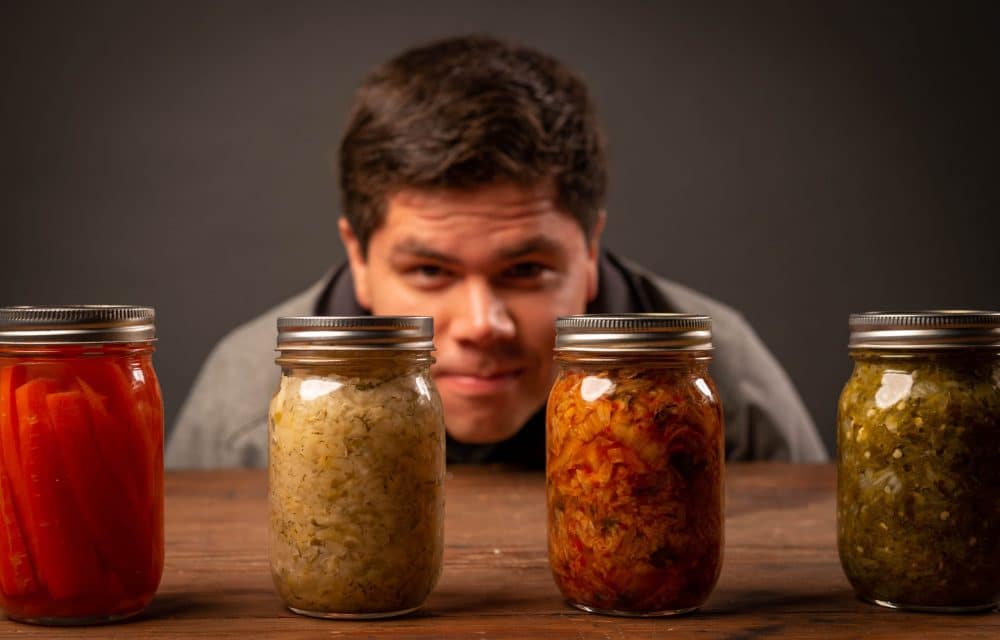
 One thing you can do that will affect your whole body and even your mental health is to keep your digestive system healthy. Your gut is filled with bacteria and other microbes that can make you healthier or sicker, depending on the blend. There are more microbes in your body than cells, which should tell you how important they are. These gut microbes are in the intestines and are necessary to your good health. They break down food, so the nutrients can be delivered via your bloodstream, throughout the body.
One thing you can do that will affect your whole body and even your mental health is to keep your digestive system healthy. Your gut is filled with bacteria and other microbes that can make you healthier or sicker, depending on the blend. There are more microbes in your body than cells, which should tell you how important they are. These gut microbes are in the intestines and are necessary to your good health. They break down food, so the nutrients can be delivered via your bloodstream, throughout the body.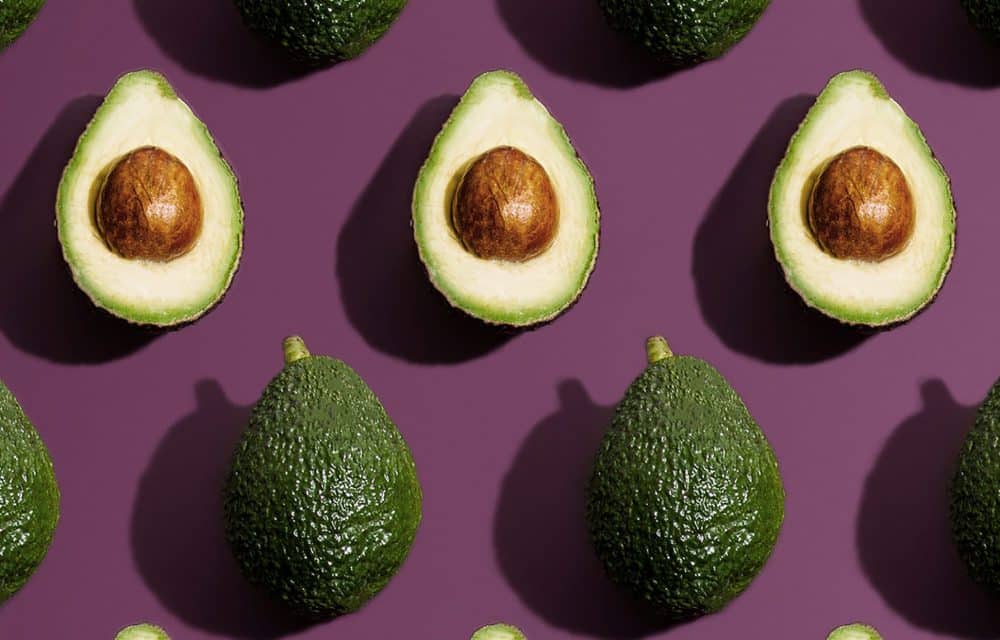
 Eating a wide variety of foods is important to your health. It ensures you’ll get all the essential nutrients your body needs. Potassium is one of those nutrients that play an important role in how the body functions. That’s why consuming potassium rich foods is important. This mineral plays a role in regulating your heartbeat, helps control blood pressure, aids in nerve conduction, glycogen synthesis, nerve conduction and muscle contraction. Your cells require potassium to be healthy. Eating potassium rich foods can help prevent osteoporosis, stroke and kidney disease.
Eating a wide variety of foods is important to your health. It ensures you’ll get all the essential nutrients your body needs. Potassium is one of those nutrients that play an important role in how the body functions. That’s why consuming potassium rich foods is important. This mineral plays a role in regulating your heartbeat, helps control blood pressure, aids in nerve conduction, glycogen synthesis, nerve conduction and muscle contraction. Your cells require potassium to be healthy. Eating potassium rich foods can help prevent osteoporosis, stroke and kidney disease.
 If you started one of our new meal plans at Body Sculptors in Louisville, KY, and find you’re not hungry between meals or feel full enough to make it to the next meal from the snacks, that’s normal. In fact, the diet plans are created to help you feel fuller longer, without consuming tons of extra calories.is However, hunger is normal and regulated by hormones, leptin, the hormone that makes you feel full and ghrelin, the hormone that makes you hungry. The hypothalamus also regulates hunger, as does your blood sugar levels and even your empty stomach and intestines.
If you started one of our new meal plans at Body Sculptors in Louisville, KY, and find you’re not hungry between meals or feel full enough to make it to the next meal from the snacks, that’s normal. In fact, the diet plans are created to help you feel fuller longer, without consuming tons of extra calories.is However, hunger is normal and regulated by hormones, leptin, the hormone that makes you feel full and ghrelin, the hormone that makes you hungry. The hypothalamus also regulates hunger, as does your blood sugar levels and even your empty stomach and intestines.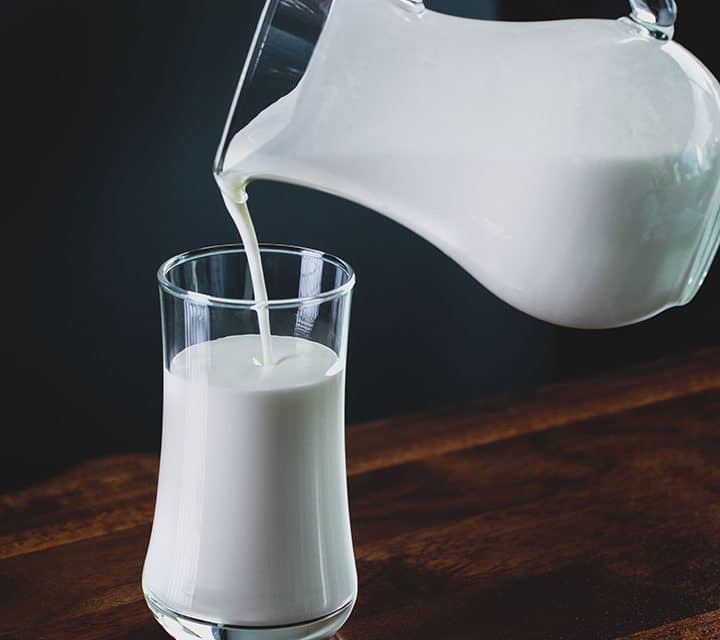
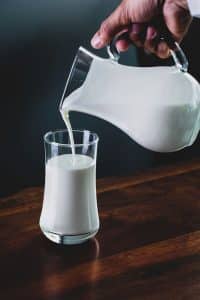 Lactose intolerance acts differently in everyone and can even change within the same person at various times, in various situations. Some lactose intolerance starts early in life in infants who produce no lactase. It’s a genetic form of lactose intolerance and occurs most prominently in people of East Asian and North American Indigenous lineage. It can also occur in premature infants. As children grow older, the need for lactase diminishes as other foods are introduced. If the production diminishes enough, lactose intolerance occurs. Sometimes, antibiotics, illnesses, accidents or surgery can cause lactase to be reduced, making the person lactose intolerant.
Lactose intolerance acts differently in everyone and can even change within the same person at various times, in various situations. Some lactose intolerance starts early in life in infants who produce no lactase. It’s a genetic form of lactose intolerance and occurs most prominently in people of East Asian and North American Indigenous lineage. It can also occur in premature infants. As children grow older, the need for lactase diminishes as other foods are introduced. If the production diminishes enough, lactose intolerance occurs. Sometimes, antibiotics, illnesses, accidents or surgery can cause lactase to be reduced, making the person lactose intolerant.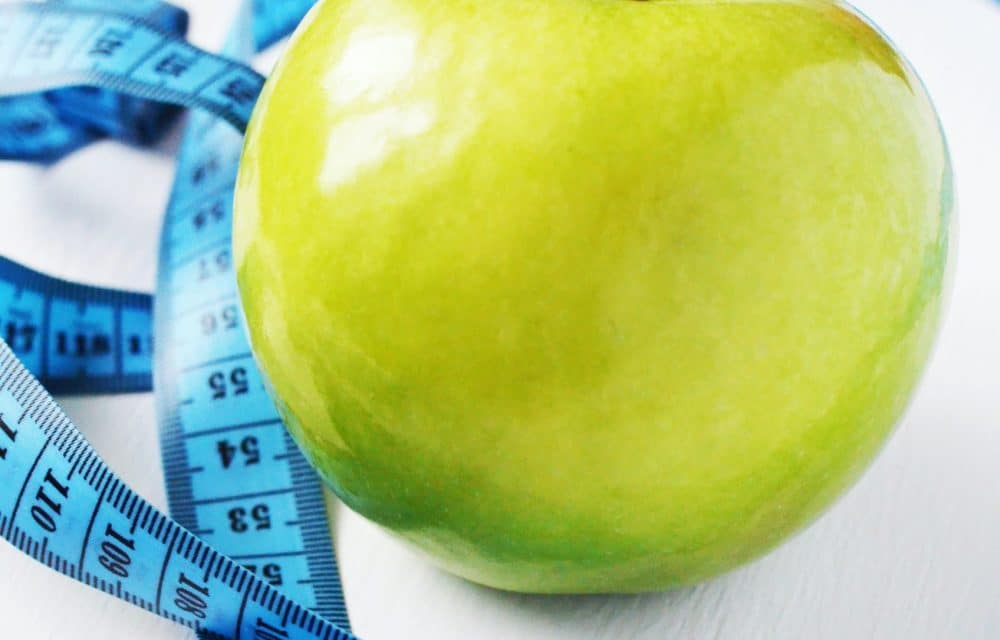
 There are gyms that focus simply on the best workout and places that highlight nutrition, whether it’s to help you lose weight or just be your healthiest. The truth is, you really need both to be your fittest and to shed pounds quickly. While you can’t out-exercise a poor diet, lack of exercise makes losing weight extremely difficult. Not only does exercise help burn calories, it stokes your body’s furnace to burn more calories around the clock and boosts your strength, endurance and flexibility for a fuller life.
There are gyms that focus simply on the best workout and places that highlight nutrition, whether it’s to help you lose weight or just be your healthiest. The truth is, you really need both to be your fittest and to shed pounds quickly. While you can’t out-exercise a poor diet, lack of exercise makes losing weight extremely difficult. Not only does exercise help burn calories, it stokes your body’s furnace to burn more calories around the clock and boosts your strength, endurance and flexibility for a fuller life.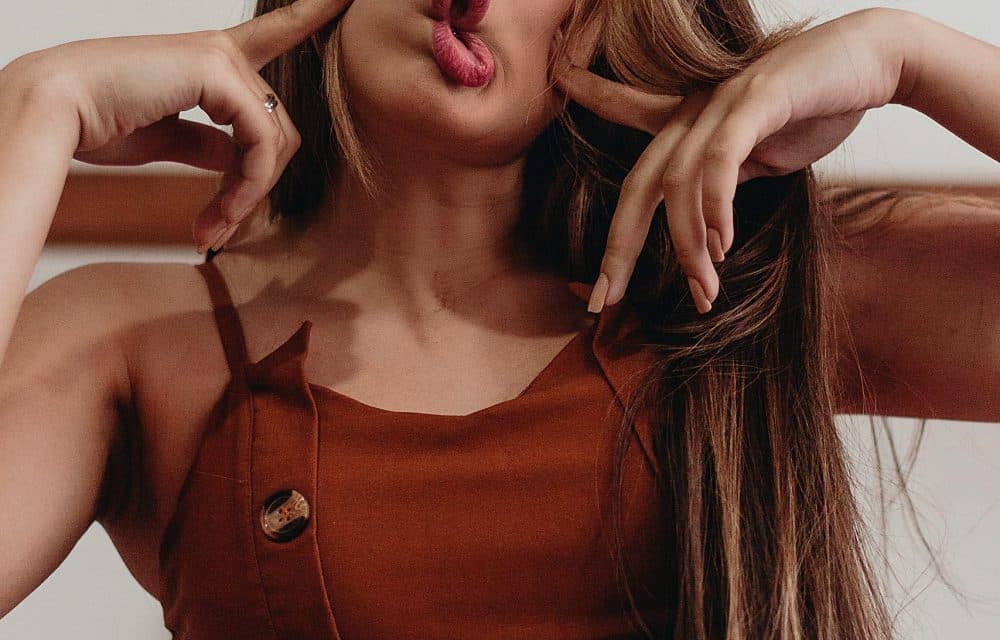
 There is no difference in fat in your body, no matter where it is, so if you want to lose fat in your face, you simply have to lose weight. While there’s no guarantee that it will make your cheeks look less puffy, most people actually complain that when they lose fat, it usually comes off their hands and their face. If you have chubby cheeks on your face, you probably have chubby cheeks elsewhere or at least a higher percentage of body fat.
There is no difference in fat in your body, no matter where it is, so if you want to lose fat in your face, you simply have to lose weight. While there’s no guarantee that it will make your cheeks look less puffy, most people actually complain that when they lose fat, it usually comes off their hands and their face. If you have chubby cheeks on your face, you probably have chubby cheeks elsewhere or at least a higher percentage of body fat.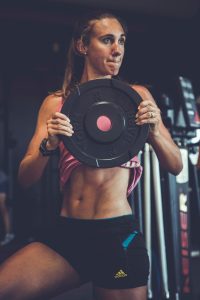
 AT Body Sculptors in Louisville, KY, we help you achieve your goals. Getting great looking abs is usually one of those on everyone’s list. Not only do we provide an ab workout you can do standing up, we actually recommend part of your training be on those types of ab exercises. After all, it’s how the world will see you most of the time, so it mimics your everyday movements. Standing ab exercises also work the major muscles of the hip flexors and the obliques. They help you improve your range of motion and work all the ab muscles.
AT Body Sculptors in Louisville, KY, we help you achieve your goals. Getting great looking abs is usually one of those on everyone’s list. Not only do we provide an ab workout you can do standing up, we actually recommend part of your training be on those types of ab exercises. After all, it’s how the world will see you most of the time, so it mimics your everyday movements. Standing ab exercises also work the major muscles of the hip flexors and the obliques. They help you improve your range of motion and work all the ab muscles.